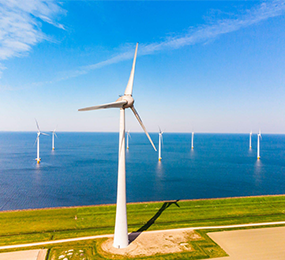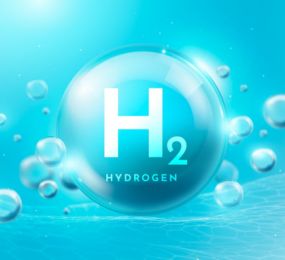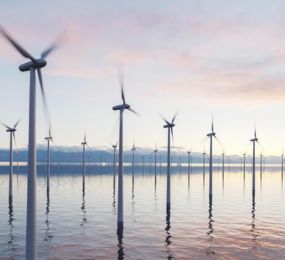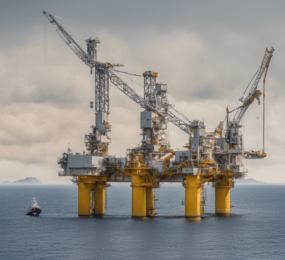The offshore wind industry is rapidly expanding, driven by the growing demand for renewable energy. However, the successful implementation of offshore wind projects heavily relies on a well-functioning supply chain. Efficient procurement, transportation, and logistics are essential to ensure the timely delivery of components and minimize disruptions.
Key Challenges in Offshore Wind Supply Chains:
- Remote Locations: Offshore wind farms are often located in remote areas, making transportation and logistics more complex.
- Large and Heavy Components: Wind turbines require large and heavy components, such as blades, nacelles, and towers, which can pose challenges for transportation and handling.
- Global Supply Chains: Many offshore wind projects involve components sourced from various countries, making supply chain management more intricate.
- Uncertainty and Risk: The offshore wind industry is subject to various uncertainties, including fluctuating demand, technological advancements, and regulatory changes, which can impact supply chains.
Strategies for Supply Chain Optimization:
- Strategic Sourcing: Identifying and selecting reliable suppliers with a proven track record of delivering high-quality components on time is crucial.
- Diversification: Diversifying the supply chain by sourcing components from multiple suppliers can mitigate risks and ensure a stable supply.
- Inventory Management: Implementing effective inventory management practices can help optimize stock levels, reduce costs, and minimize the risk of stockouts.
- Transportation Optimization: Optimizing transportation routes, modes of transport, and scheduling can reduce lead times and transportation costs.
- Risk Management: Identifying and assessing potential risks in the supply chain, such as natural disasters, political instability, and trade disputes, is essential for developing contingency plans.
- Digitalization and Technology: Leveraging digital technologies, such as blockchain and artificial intelligence, can improve supply chain visibility, transparency, and efficiency.
Benefits of Supply Chain Optimization:
- Reduced Costs: Optimized supply chains can lead to significant cost savings through reduced transportation expenses, lower inventory holding costs, and improved procurement efficiency.
- Improved Delivery Reliability: Efficient supply chains can ensure timely delivery of components, minimizing disruptions to project schedules.
- Enhanced Risk Management: By identifying and addressing potential risks, supply chain optimization can help mitigate disruptions and ensure project success.
- Sustainability: Optimized supply chains can contribute to sustainability goals by reducing transportation emissions and supporting responsible sourcing practices.
A well-optimized supply chain is essential for the success of offshore wind projects. By implementing effective strategies and leveraging technology, the industry can overcome the challenges associated with remote locations, complex components, and global supply chains. By optimizing procurement, transportation, and inventory management, offshore wind developers can ensure a reliable and efficient supply of components, ultimately driving down costs and accelerating the transition to clean energy.
To register or learn more about the Forum please check here: https://www.leadventgrp.com/events/4th-annual-offshore-wind-operations-and-maintenance-forum/details
For more information and group participation, contact us: [email protected].
















